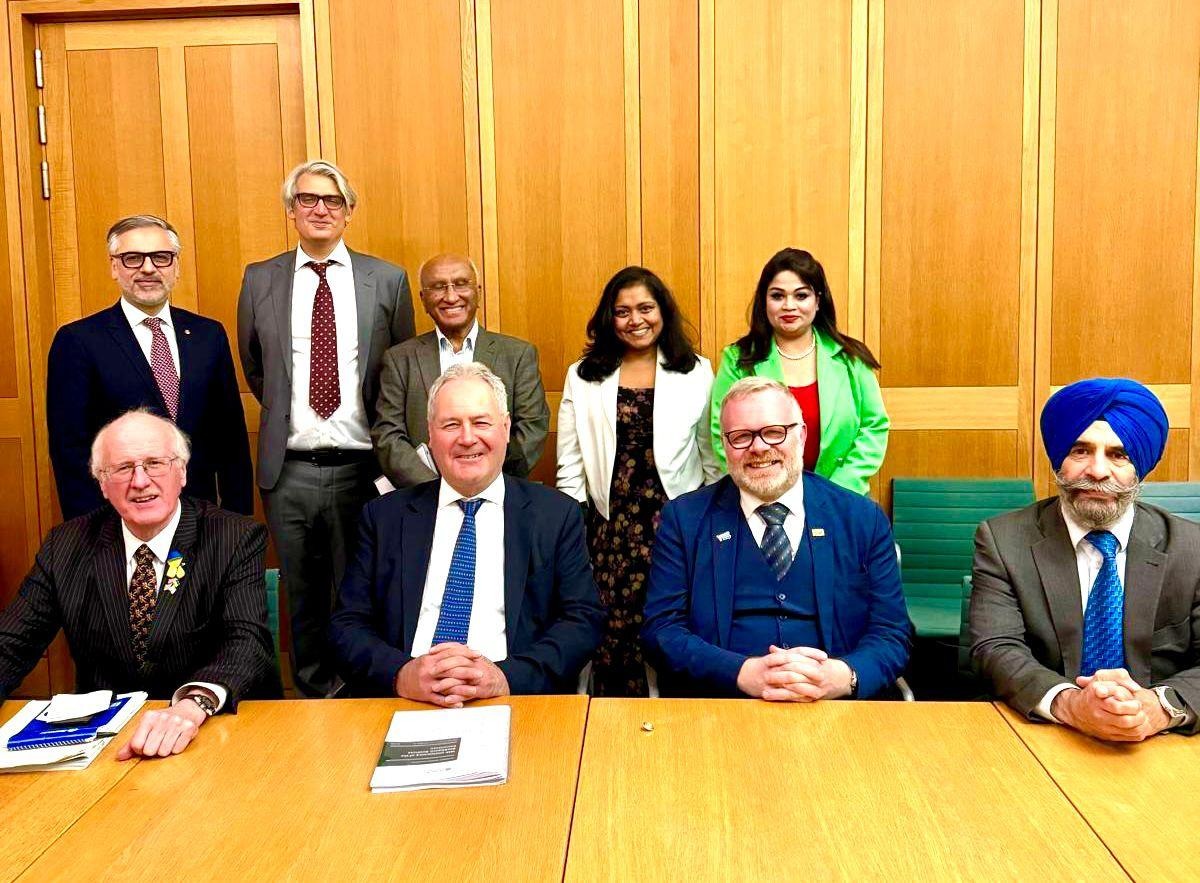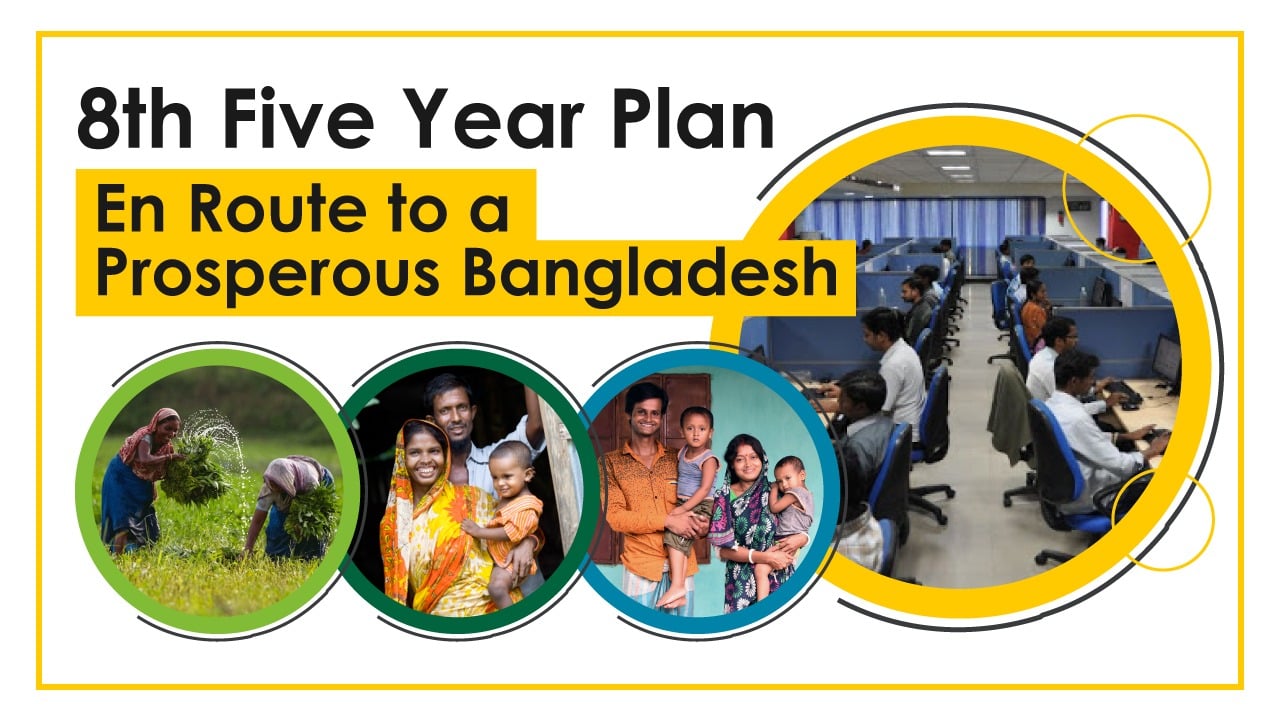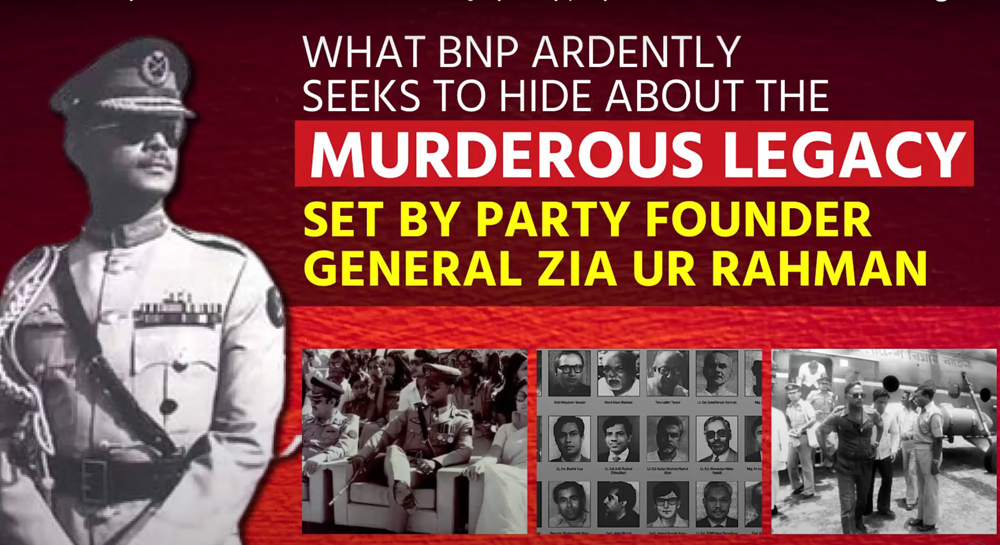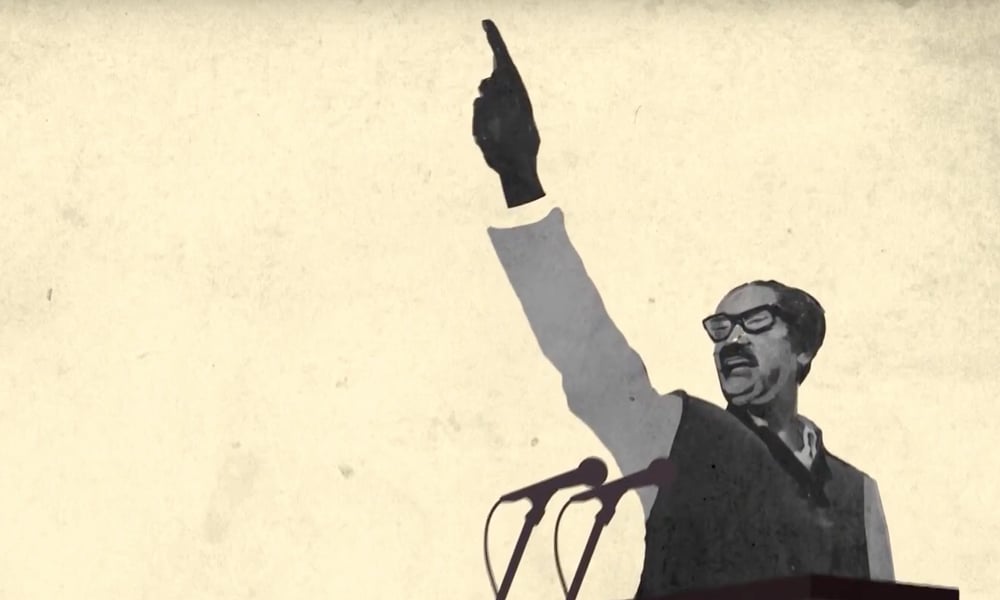4546
Published on October 25, 2020Dr. Mir Mehbub Alam Nahid:
Bangabandhu. The "Wonder Man" of the universe. In his 55 years and 5 months of valiant life, he has been imprisoned for 4682 days. Perhaps we don't have time to consider about what he has given to the nation or that patriotism doesn't work in us. He gave an independent land and open sky over it; he gifted a nation with a national flag and an anthem. He became the "Father of the Bengali Nation" all the way through his enduring struggles, contributions and achievements. Bangladesh is moving forward step by step with your flag in the well-built hands of your commendable daughter Sheikh Hasina and the melody of the national anthem gifted by you to accomplish your dream. I am swollen with a conceit that you were born in Bangladesh.
The song 'Amar Sonar Bangla' is our national anthem. It became remarkably popular in the midst of Bengalis during the Swadeshi Movement in the first two decades of the twentieth century. Swadeshi activists and revolutionaries used this song as resources of instilling the fortitude of patriotism among the Bengali people. With the plunge of regional nationalism in the 1920s, the song ceased to be popular. On the eve of the Great War of Liberation and the augment of the state called Bangladesh, the song came to life yet again and became ours.
The song was played at a meeting prearranged by Chhatra League and Sramik League on March 3, 1971 at Paltan Maidan. Especially the historic Seventh March Speech of Bangabandhu addressing the nation at the Racecourse Maidan in Dhaka was preceded by this song. Following this, it was played on 23rd March when Swadhin Bangla Kendriya Chhatra Sangram Parishad held ceremonial procession to smudge the independence. Throughout the Liberation War, the Bangladesh Government in exile has adopted this song as the national anthem of Bangladesh and in view of that it was put on air from Swadhin Bangla Betar Kendra.
According to Article 4.1 of the Constitution of Bangladesh, the song has been adopted as the National Anthem of the People's Republic of Bangladesh. The first ten lines have been specified to make the anthem for vocal presentation and the first four lines are for instrumental. O Beloved Father, who knew that Rabindranath Tagore [1861-1941] would compose a song for you in 1906 before you were born on March 17, 1920 just 65 years before the birth of Bangladesh, that would be distinguished as our national anthem.
Are we paying due respect to the national flag and the national anthem, every day? May not be. There is no exacerbating approach to make adolescent and juvenile denizen as good citizens, to make them feel warmth for the country. Now the issue is how is it possible to make it? It is very straight forward. From my own exertion, I am as sanguine about this class as ever. The wellbeing of this class must now be the meeting point of our consideration in our education coordination. While this design or proposal of mine may give the impression as outlandish to you, but it is true. Listen honorable...
In the article titled "Bangabandhu and the War of Liberation: Thoughts of Reconstruction of Values", I said, "[…] let us see the sights of such young group of people who are steadfast to Bangabandhu and to the Liberation War, and who are unfaltering in establishing party values." Those of us who grew up in the villages must have seen all the teachers and students lined up in front of the school before the start of morning classes in the primary or high schools, formally hoisting the national flag with the national anthem, regularly.
Of course, exceptions are seen in urban areas. Most schools do not have a field or place to gather in the morning. So won't these students get used to this rule? It is a must, if necessary; the national flag will be hoisted at the entrance of the school. Students will salute the flag as they enter the school. The national anthem will be served at scheduled time and students will play a part in the national anthem from their respective rooms. This arrangement should be made compulsory for all types of education in Bangladesh. There are other rules for the national flag and the national anthem that must be followed. Such as looking at the flag while saluting the flag, everyone should stand in their respective positions during the national anthem, both hands should be clenched side by side, the song should also be sung in unison.
This practice goes on regularly for at least the first ten years of receiving formal education ahead of the boundaries of the family. Even in this long period of time, if we do not learn to be an evidence for respecting the motherland, the national flag and the national anthem or to love the country, then if there is no status quo and who is worse than him?
There is no chance to take the matter too lightly. It is in the practice of such small things that children grow up and learn to love the country. Or a branch of the recent “teen gang” that continues to grow exponentially. It is important to remember that the political organization that led the liberation war, Bangladesh Awami League, is in power. Therefore, Bangabandhu's dream will continue to take its shape only by paying attention to these issues and implementing them smoothly. Adolescents and young people need to lend a hand in a planned way to be acquainted with the country; the true history of the liberation war must be propagated to them in a lucrative way. Only then, the blossom of love will burgeon towards Bangabandhu, our national anthem and finally for the motherland. We are looking forward to that stunning day.
Writer: Associate Professor, Department of Theatre, University of Rajshahi














